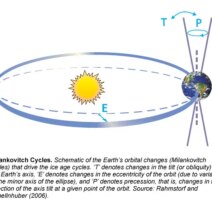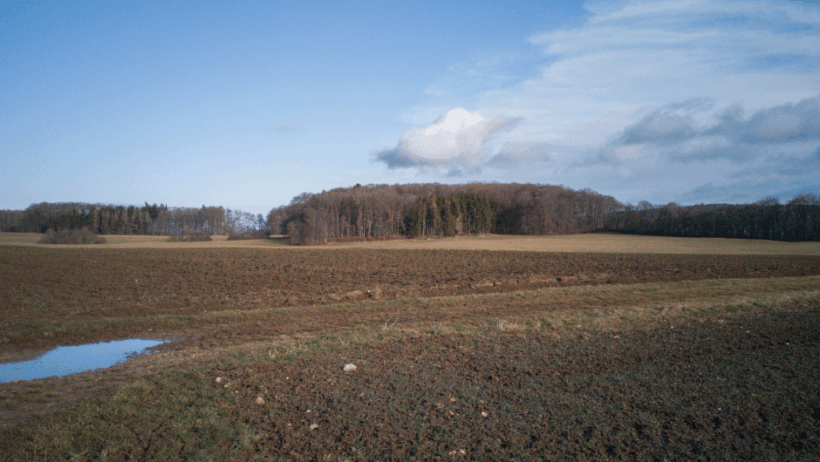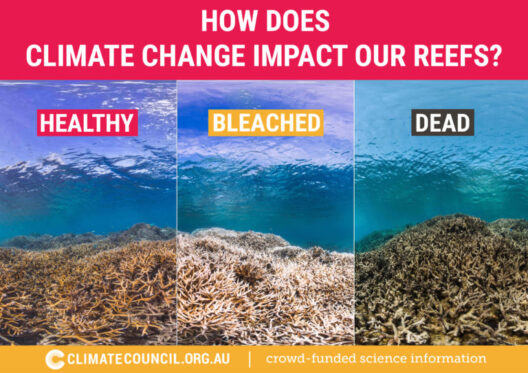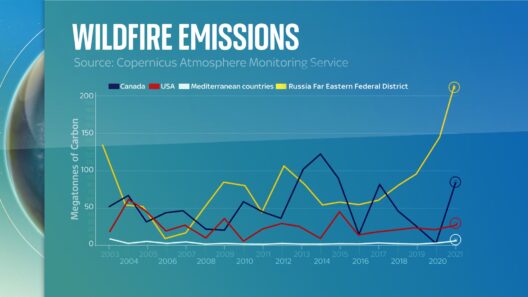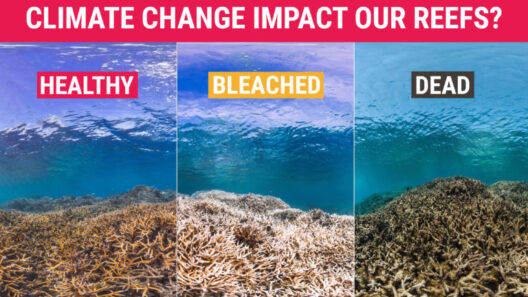The challenge of climate change looms large over contemporary society, posing a playful question: What if our collective cultural narrative could be harnessed to combat this existential threat? The socio-cultural landscape we inhabit plays an instrumental role in shaping our responses to environmental crises. By delving into the intersections of culture, community, and change, we can forge pathways toward sustainable solutions that resonate with diverse populations.
To understand how society can address climate change through culture, one must first acknowledge the profound influence of cultural practices and beliefs on environmental stewardship. Every community, irrespective of its geographic location, has unique traditions and values that shape its relationship with nature. These cultural frameworks can serve as both barriers and catalysts for change. For instance, societies rooted in agrarian practices may exhibit a deep respect for the land, fostering sustainable farming techniques without the influence of modern chemical fertilizers. Conversely, consumerist cultures might prioritize short-term gains over long-term sustainability, leading to detrimental environmental consequences. Thus, cultural context is pivotal in determining how communities respond to climate change.
Communities can become powerful agents of change by redefining their narratives surrounding climate action. This begins with local engagement, where grassroots movements take center stage. Participatory initiatives enable individuals to come together, share stories, and construct a collective identity focused on sustainability. Community gardens are a prime example of this—a vibrant locus for collaboration that not only fosters local food production but also strengthens social bonds. By transforming available spaces into green oases, communities can advocate for nature-centric lifestyles that mitigate environmental deterioration while simultaneously enriching the human experience.
Art and creativity, too, have an essential role to play in shaping cultural narratives related to climate change. Artists can provoke thought and inspire action through various mediums, including visual arts, music, and performance. The use of art to communicate environmental issues transcends language barriers, appealing to our innate emotional responses. An exhibit highlighting the declining ice caps, for instance, may evoke a visceral reaction that prompts individuals to reconsider their environmental impact. The ability to mobilize through artistic expressions can unite disparate groups, encouraging collaboration on common objectives.
However, while culture can galvanize society towards sustainable practices, it is essential to acknowledge the underlying challenge of inclusivity. Climate change disproportionately affects marginalized communities, often sidelining their voices in broader conversations. Addressing climate change necessitates an equitable approach that amplifies these voices rather than erasing them. It is vital to involve indigenous populations, who possess invaluable ecological knowledge and a profound connection to the land. Their traditional practices, often shaped by centuries of experience, provide insights into sustainable management that contemporary society can learn from. Thus, engaging with diverse cultural narratives not only enriches the dialogue but also contributes to more holistic solutions.
Education emerges as a fundamental pillar in the endeavor to reshape cultural attitudes toward climate change. A robust environmental education can raise awareness of ecological issues and instill a sense of responsibility from an early age. Schools that integrate sustainability into their curriculums empower future generations to think critically about their environmental impact and make deliberate choices. Nevertheless, education should not be confined to formal institutions alone. Community workshops, local organizations, and online platforms all offer opportunities for lifelong learning that can engage a broader audience. By cultivating a culture of inquiry, societies can foster a populace equipped to tackle climate challenges innovatively.
As society looks to the future, technology must also be embraced as a tool for sustainable change. Digital platforms allow communities to connect and share best practices globally. Online forums can serve as incubators for innovative solutions, facilitating collaborations that transcend geographic boundaries. Social media campaigns can mobilize support for climate initiatives, rapidly disseminating information to galvanize collective action. Yet, the challenge remains: how do we ensure that technological advancements align with equitable and sustainable practices? This conundrum underscores the importance of ethical considerations in the integration of technology within environmental strategies.
Ultimately, the path to addressing climate change through culture, community, and change involves a multi-faceted approach. This means fostering solidarity among communities, promoting artistic expression, encouraging inclusive dialogues, prioritizing education, and leveraging technology responsibly. It requires a paradigm shift—a reimagining of our values and priorities as we navigate this unprecedented challenge. The way forward lies in recognizing that individual actions, when harmonized within a cultural context, can culminate in a movement powerful enough to effect significant change.
Perhaps the most compelling question remains: How will we choose to tell our shared story? Will it be one of despair and inaction, or one of resilience and hope? By making deliberate efforts to cultivate cultural practices that prioritize sustainability, societies can sow the seeds of transformative change. As we engage with one another through community-building activities, embrace creative expression, and commit to inclusive dialogue, we pave the way for a future where humanity coexists harmoniously with the planet.
In summary, addressing climate change is not merely an environmental imperative; it is a cultural one. By weaving together community engagement, artistic expression, inclusivity, education, and technology, societies can foster a narrative that champions sustainable practices. In doing so, they can inspire future generations to embrace their roles as guardians of the Earth, shaping a legacy defined by resilience and responsibility.

